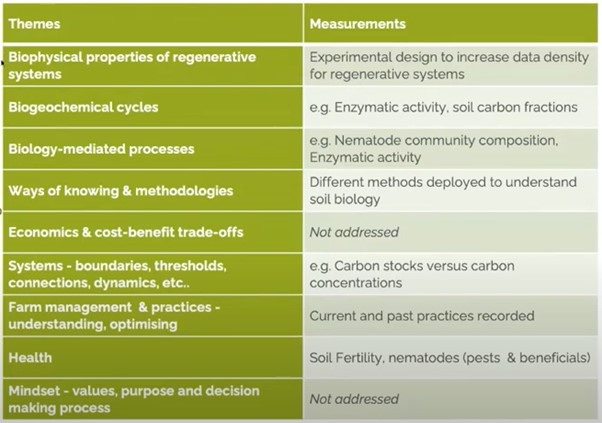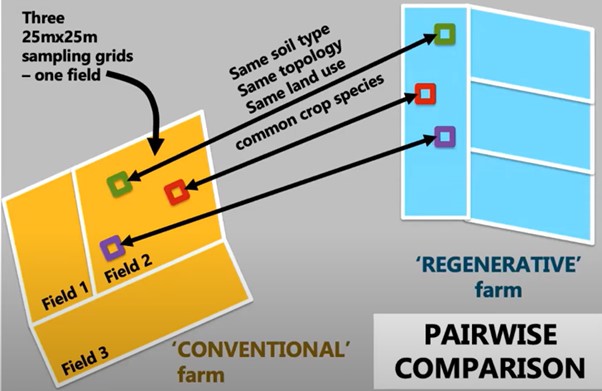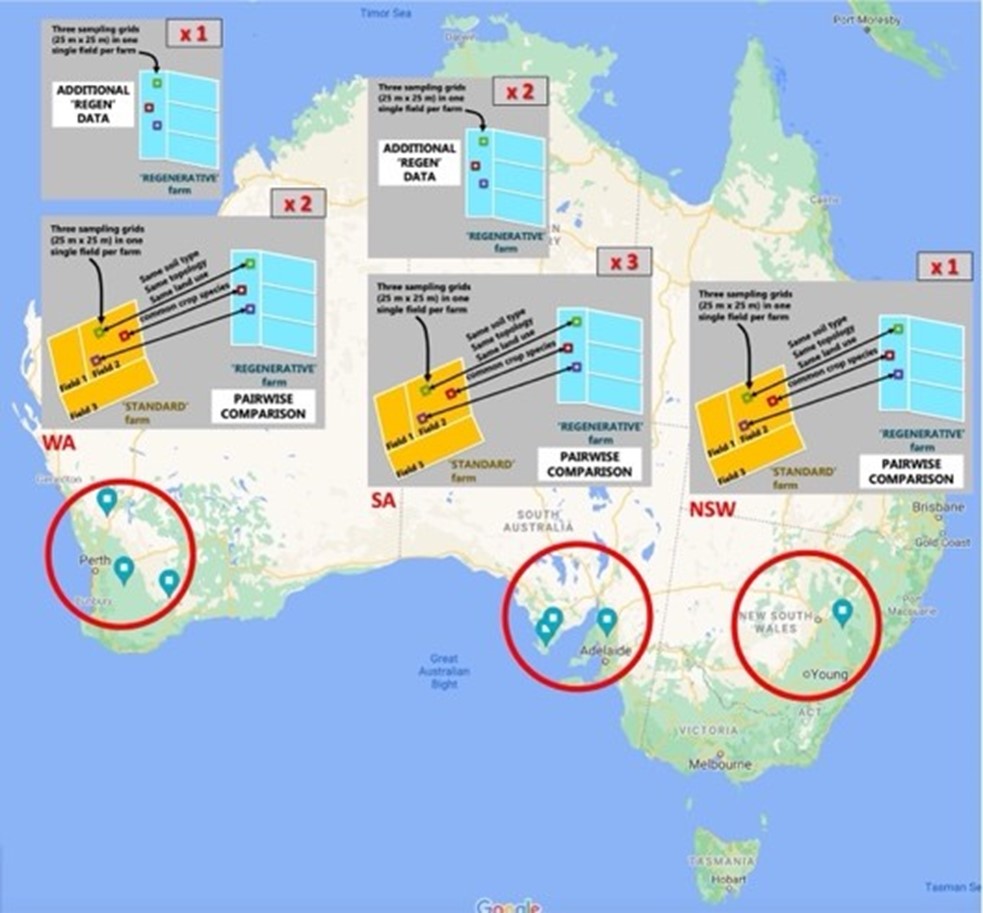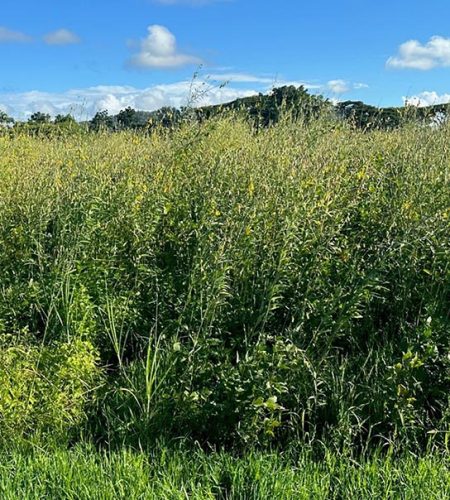This fact sheet supports the ‘Soil carbon and regenerative agriculture’ webinar presented by Soil CRC Project Leader Dr Gwen Grelet from Manaaki Whenua Landcare Research, New Zealand. In this webinar, Dr Grelet shares findings from a Soil CRC that is project scientifically assessing outcomes from regenerative agriculture by researching carbon functionality and other parameters at sites across Australia.
Collaborative Approach To Regenerative Agriculture Research
The Soil CRC’s ‘Regenerative farming systems’ research project used a collaborative approach involving multiple partners and stakeholders, including farmers, scientists, and knowledge brokers, to design experimental methods that integrate diverse perspectives and the principles of regenerative agriculture, which aim to enhance ecosystem services, biodiversity, and resilience in agricultural systems.
Informing Experimental Design Through Social Study Analysis
Key themes related to soil carbon and regenerative agriculture research informed the experimental design by guiding the selection of research questions and measurement parameters. However, some aspects, such as economic trade-offs and understanding mindset, were beyond the project scope.

The study examined six pairs of field sites to enable comparisons of regenerative farming to conventional district best practice farming (across comparable climate, production, topography, and soil types). An additional three regeneratively-managed sites were also examined (Figure 1 and 2).


Each site was sampled only once, between June and November 2020, with timing dependent on land use and location.
On all sites sampled, standing biomass, ground cover and diversity of plant types was quantified. Other measurements included carbon and nutrient content of soil at 0-10cm, 10-30cm and 30-60cm depth, soil water infiltration rates, soil thermal insulation capability, and several indicators of soil biological activity. Using satellite data, temporal trends in plant greenness (NDVI) for the two years preceding and following sampling were analysed. In most soil properties measured, there was high variability both within-site and between-site.
Assessing Soil Carbon Stocks In Regenerative Agriculture Systems
An analysis of the soil carbon stocks found a trend towards increased carbon stocks under regenerative management compared to conventional management. However, there was insufficient evidence of significant management effect, that is, the significant differences in the data could not be determined due to high variability among the sites and insufficient evidence from statistical analysis.
Understanding Soil Carbon Dynamics In Regenerative Agriculture
Research indicates that regenerative management increases the concentration of carbon in soil, particularly hot water extractable organic carbon, which is associated with better soil health. Additionally, regenerative practices have been shown to influence soil biology. Analysis of enzymatic activity and nematode community demonstrated a positive shift in the composition under regenerative management.
Challenges In Assessing Economic Viability Of Regenerative Agriculture
Assessing the economic viability of regenerative agriculture is complex and context-specific, requiring consideration of various factors such as farm-level practices, product diversity, and individual farm economics. While data on total biomass and yields can be collected in cropping sites to relate to carbon measurements, assessing profitability is more challenging in pasture sites. Furthermore, the effectiveness of regenerative farming practices in managing pests, diseases, and weeds varies greatly depending on factors such as soil type, rainfall, and individual farm management strategies.
Recommendations For Future Research In Soil Management
Future research in soil management should prioritise place-based approaches, mixed-method methodologies, greater emphasis on citizen science, increased sample size, reduced variability, and longitudinal studies to provide more robust and comprehensive insights into soil health and carbon dynamics in response to management.

